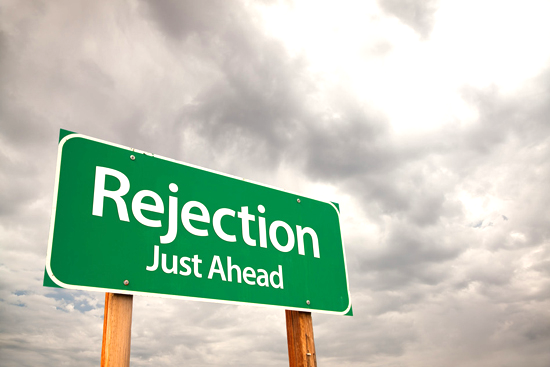Do you dread being in stores when they are extremely busy? Or having to wait for the workers to move in slow motion with all of the customers?
Well, going to self-checkout may just be the thing for you… or maybe not, depending on who you ask.
The first self-checkout line was said to have been introduced back in July 1986 in a Kroger store located in Atlanta.
Self-checkouts were first being put to the test in the 90s and didn’t come with much luck but finally started getting more attention in the early 2000s.
Self-checkouts were created for people to move through the store more conveniently and efficiently, which is a smart idea.
During the pandemic, self-checkout became even bigger, minimizing interactions with other customers and employees.
In many ways, self-checkout can be quite useful when it comes to how much time you want to spend in the store but it also has caused major problems to businesses.
One of the many problems with self-checkout are the machines taking the place of humans, which can be damaging to the people who once worked in the stores to help provide necessities for not only themselves but also if those workers have families to support.
Social Studies teacher, Terri Davis said, “It takes away from employees who basically used to have that job and if they don’t have those jobs available for them, then how are they able to support their families. Also, I’m not trained in self-checkout and I feel like I should be getting paid if I’m going to be doing my own self-checkout, i.e. they should lower the prices on groceries.”
This also might make customers come to stores less if there aren’t working human beings in the stores to navigate people when they need assistance. Some businesses may feel it’s better to be thinking ahead into the future to rely on these machines but we really shouldn’t.
There have been numerous times reported where customers don’t like to rely on these self-checkout machines because of their inability to move fast and being unreliable.
One of H-F’s science teachers, Stephanie Gioiosa agreed with this statement.
“I think it’s eliminating good benefits for people, removing their needed jobs. There are always hiccups and technical problems with the machines. You will waste so much time and will still have to end up calling a worker over to help you with something. I would rather just go over to an actual cashier.”
Generally, not everyone likes relying on machines or any upcoming technology that the world has started to adapt to today. Due to the fact that advanced technology has just recently started to become big, so not a lot of people are used to it because of the times they grew up in.
Another concern for many businesses when it comes to people using self-checkout systems is people feeling more prone to stealing items because it is more accessible for them to attain.
Usually, in almost every store, they try to have a few workers standing near self-checkouts to watch everyone who comes and goes through the line but sometimes that still doesn’t stop people from stealing. Unfortunately, most workers don’t even care or pay any mind to people who steal items but this causes businesses to have higher merchandise losses.
Though self-checkout has been seen in a negative view, students around the school have looked at it and had positive thoughts.
Junior Mia Wallace said, “I personally think self-checkout is way more efficient because you can bag your own stuff, see exactly what you’re paying for, use your own coupons easily, and all of that.”
Most stores have started deciding to eliminate self-checkout machines in stores while others are still stuck on what their next move should be.






